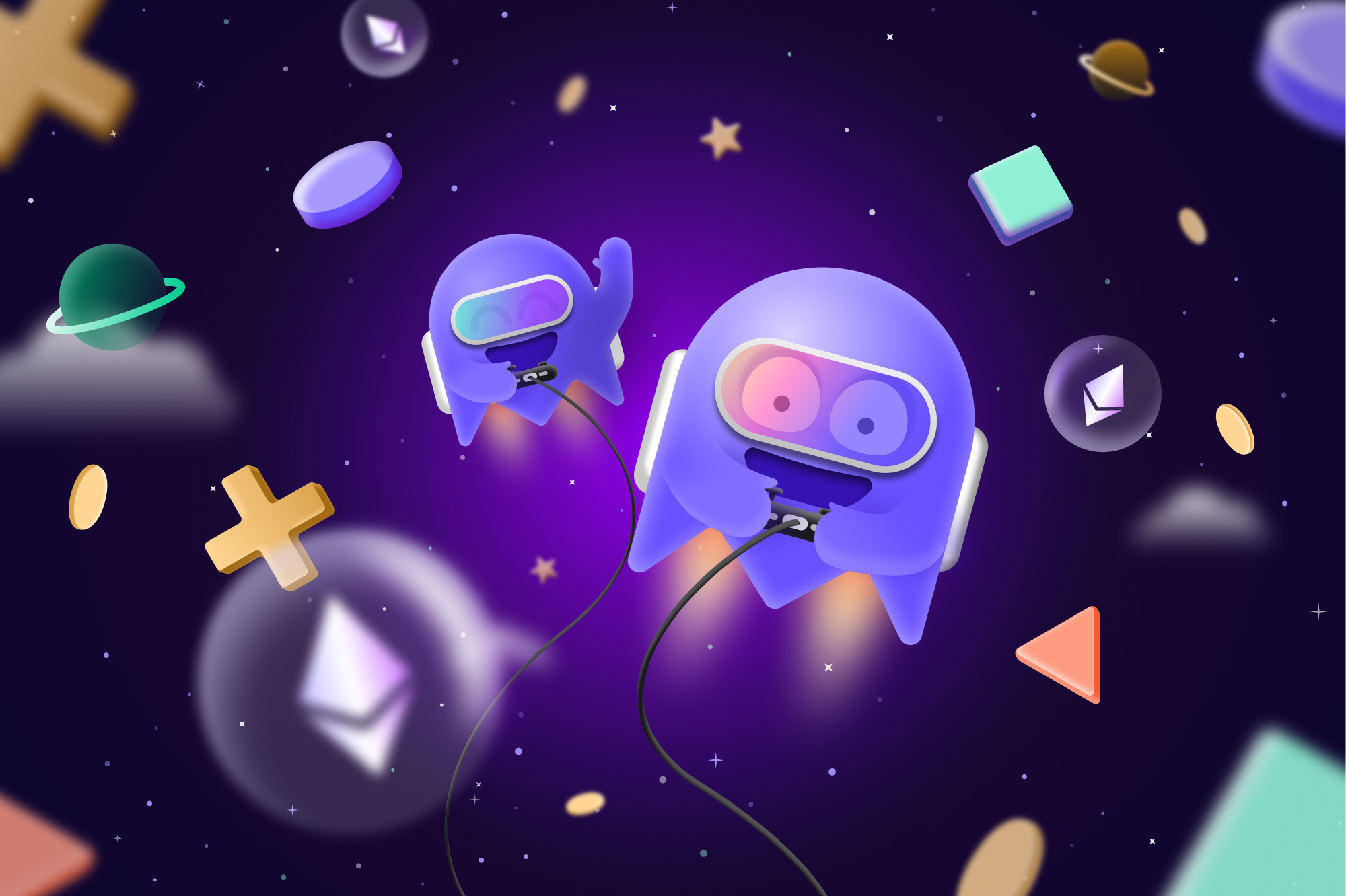In the world of gaming, the concept of in-game assets has been around for quite some time. However, with the emergence of non-fungible tokens (NFTs), the landscape of in-game assets has been revolutionized.
Introduction
Non-fungible tokens (NFTs) have gained immense popularity in recent times. With NFTs, people can buy and sell unique digital assets that are verified on a blockchain. NFTs have found their way into several industries, including art, music, and sports. However, the gaming industry has been particularly quick to adopt NFTs, and for good reason. In the world of gaming, in-game assets are an essential part of the gaming experience. Players buy, sell, and trade in-game assets that they can use to enhance their gaming experience. In this article, we will explore how NFTs are changing the future of in-game assets.
Read more: GameFi: How Gaming is Changing the Face of Finance
NFTs and Gaming
NFTs have made their way into gaming, and it is changing the landscape of in-game assets. With NFTs, gamers can now own unique in-game assets that are verified on a blockchain. These assets can range from game skins to rare weapons. Gamers can buy, sell, and trade these assets just like any other NFT. The introduction of NFTs into gaming has brought a new level of transparency and ownership to in-game assets.
Benefits of NFTs in Gaming
NFTs have several benefits when it comes to gaming. Firstly, they bring a new level of ownership to in-game assets. Players can now truly own their in-game assets and can prove ownership through the blockchain. This has led to a rise in the value of certain in-game assets, as players can now sell them on the open market.
Secondly, NFTs bring transparency to the gaming industry. In the past, gaming companies controlled the in-game assets, and players had little say in how they were valued or traded. However, with NFTs, the ownership and value of in-game assets are in the hands of the players.
Thirdly, NFTs allow for interoperability between different games. In the past, in-game assets were specific to a particular game, and players could not use them in other games. However, with NFTs, players can now use their in-game assets across different games, leading to a new level of flexibility and value for these assets.
Examples of NFTs in Gaming
Several games have already adopted NFTs, and the results have been impressive. One of the most successful NFT-based games is Axie Infinity. Axie Infinity is a blockchain-based game that allows players to collect, breed, and battle creatures called Axies. The Axies are NFTs, and players can buy, sell, and trade them on the open market. The game has become so popular that players are earning a living by playing the game.
Another game that has adopted NFTs is Decentraland. Decentraland is a virtual reality game where players can buy and sell virtual land. The land is an NFT, and players can use it to build virtual homes, businesses, and other structures. The game has become a thriving virtual community, with players using their land to host events, concerts, and other activities.
Conclusion
NFTs are changing the future of in-game assets. They bring a new level of ownership, transparency, and flexibility to the gaming industry. With the success of NFT-based games like Axie Infinity and Decentraland, it is clear that NFTs are here to stay in the gaming industry. We can expect to see more games adopt NFTs in the future, and more players taking advantage of the benefits they offer.
However, there are also concerns about the environmental impact of NFTs, especially in terms of the energy consumption required for blockchain verification. As the industry continues to grow, it is essential to address these concerns and find ways to reduce the carbon footprint of NFTs.
In conclusion, NFTs have revolutionized the world of in-game assets. They bring a new level of ownership, transparency, and flexibility to the gaming industry. As more games adopt NFTs, we can expect to see new opportunities for players and a new level of value for in-game assets. However, it is crucial to address the environmental concerns associated with NFTs and find ways to minimize their carbon footprint. With careful consideration and responsible use, NFTs have the potential to transform the gaming industry for the better.
Read also: The Evolution of Ethereum: From Smart Contracts to DeFi


